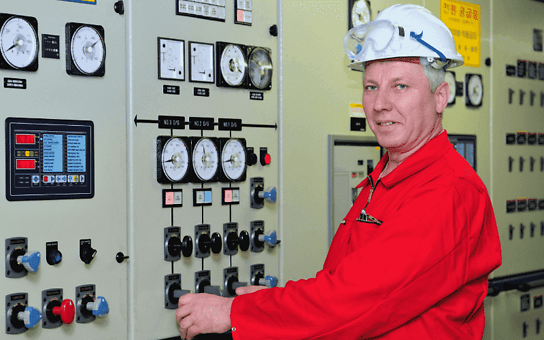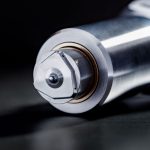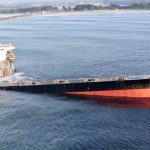Causes of Exhaust Valve Failures
Exhaust valve is prone to
§ Vanadium induced metal loss at the base of the valve
§ Cold corrosion of the valve stem due to sulphurous effects
§ Impact damage at the valve sealing face causing eventual valve burn out
§ Hot corrosion induced metal loss at the sealing face causing valve burn out
Stellite is used as the seating material of exhaust valves to resist the corrosion effects of vanadium and sodium. At high temperatures these elements form highly corrosive compounds that attack the metal oxide layer, causing metal loss and eventual valve sealing loss. This can lead to reduced compression pressure, and eventually total loss of engine power on that cylinder. Stellite will reduce these corrosive effects by 50% over conventional steel valves.
How to Prevent Exhaust Valve Failures
The corrosive areas must be identified if any during exhaust valve overhaul since these could indicate a possible cause of failure. To investigate the corrosion, change in operational factors of the engine such as speed and load, operational parameters such as turbocharger speeds, boost air pressure, or cylinder exhaust gas temperatures to be analyzed. Fuel oil samples should be forwarded to the Fuel Testing Lab asking for a full analysis, especially the fuel vanadium and sodium levels. Others possible factors such as incorrect valve clearances and valve carbon build up to be checked while periodic overhauling. If the level of contaminants in the fuel is higher, overhaul period of the valves to be maintained at the low level.
The corrosive effects on the exhaust valve are accelerated at higher operating temperatures. To reduce corrosion and hence the possibility of valve burn out, contact temperatures must be controlled. This is achieved by localised cooling of the valve seat (using cooling passages within the seat on the larger valves, and cooling of the cylinder head on the smaller valves). The valve is cooled by the seat when valve is closed.



Comments are closed